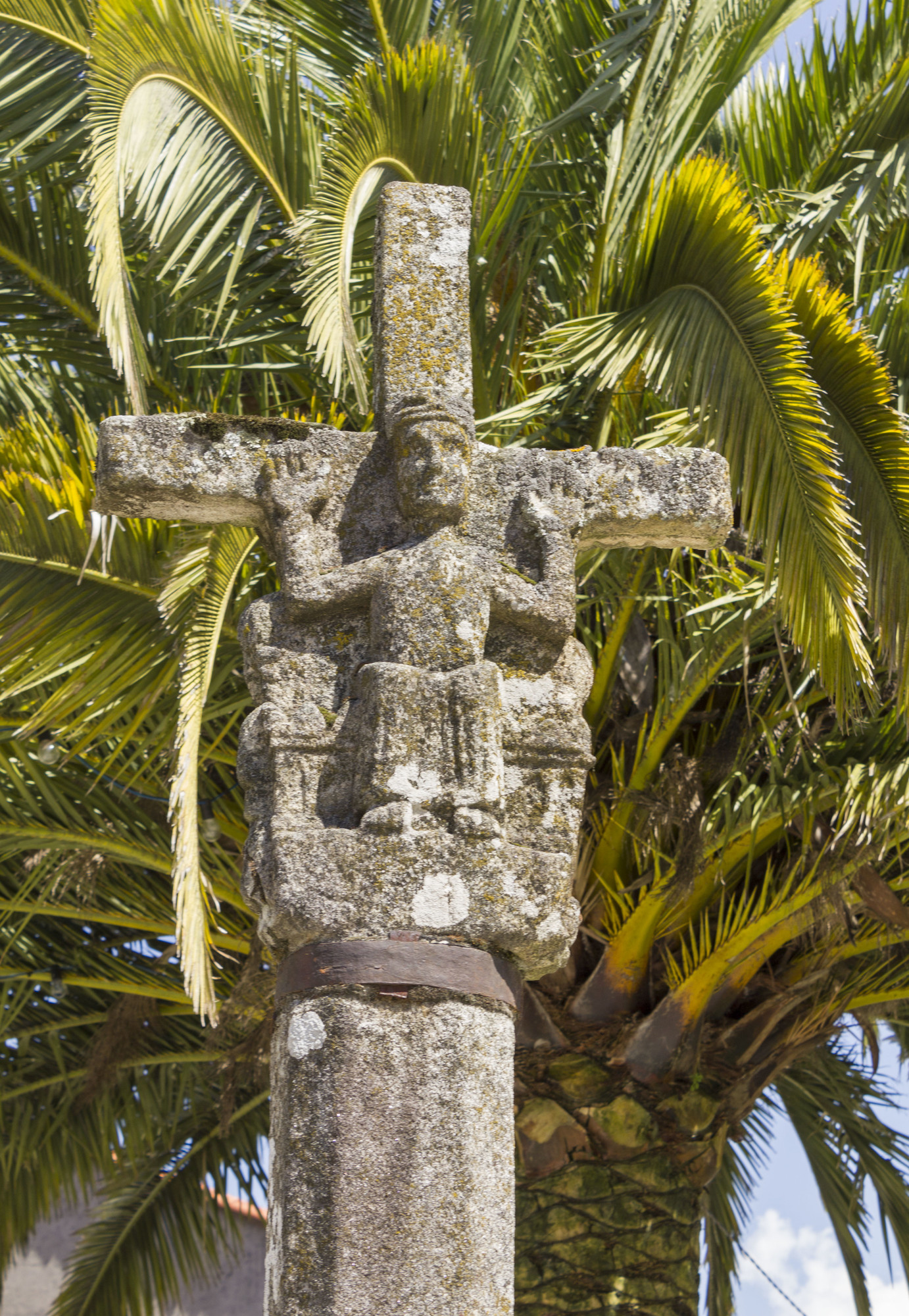Turismo de Galicia
-
Things to do
Way of St. James
Nature
Culture and heritage
Beaches and coast
Tourist trails
- Top ten: Ten unrivalled destinations
- The route of the camellia
- Tourist routes
- Pathways for discovering a country
- Walks to fall in love with
- Greenways
- Scenery at the wheel
- EuroVelo Galicia
- Beyond the Sunset
Gastronomy
Health tourism
PROMOTIONS TO ENJOY NOW
- Places to visit
-
Plan your trip
-
A miña viaxe
A MIÑA VIAXE
- Compartir
- Correo
- Imprimir
mailto:?subject=Content from Tourism of Galicia: CAPELA DE SAN ROQUE&body=I recommend you read the information CAPELA DE SAN ROQUE extracted from the Tourism of Galicia site on page https://www.turismo.gal/recurso/-/detalle/4869/capela-de-san-roque?langId=en_US
Datos do recursos turístico
The Ways of St. James
Milestones of the Camino
The original church belonged to the Franciscan convent of Sancti Spiritus, whose foundation dates back to 1325. Of that Romanesque church, only its main doorway remains, today located in the chapel of San Roque, which was erected in 1949. This new church incorporated elements from demolished medieval churches, such as that of San Pedro.
The doorway has four semicircular archivolts, profusely decorated with a variety of ornamental motifs, such as arches, rosettes and zigzag mouldings. The capitals, as well as the continuous cymatium and the chambranle, are decorated with phytomorphic figures, in the latter, the stone ornamentation stands out for its fully achieved fleshiness.
Next to this doorway is what is considered to be one of the oldest transepts in Galicia, built in the 14th century; it is not a purely Gothic piece, as Romanesque features can be seen in its construction. It is known to have changed location several times until it was placed in its current location. Its importance led Castelao to state in his work As cruces de pedra na Galiza (The stone crosses of Galicia) that it is the oldest Galician cross in existence; it is also arguably the most emblematic of the French Way. It stands on a modern pedestal, with an octagonal shaft and topped by a cross. The latter, of a single piece, presents Christ in His Majesty on one of its sides, it represents a risen Christ, triumphant over death, wearing a royal crown on his head and showing the wounds of the Passion. This image is derived from that of the Saviour in the tympanum of the Portico of Glory. The other side depicts a deesis, a crucified Christ flanked by the Virgin Mary at his feet and the Apostle John. Some scholars suggest that the cross may have originally formed part of a stone altar, possibly belonging to the disappeared medieval church of San Pedro.
Other sites you may be interested in...
-

CRUCEIRO DO ADRO DE SAN ROQUE DE MELIDE
" Cruceiro "




